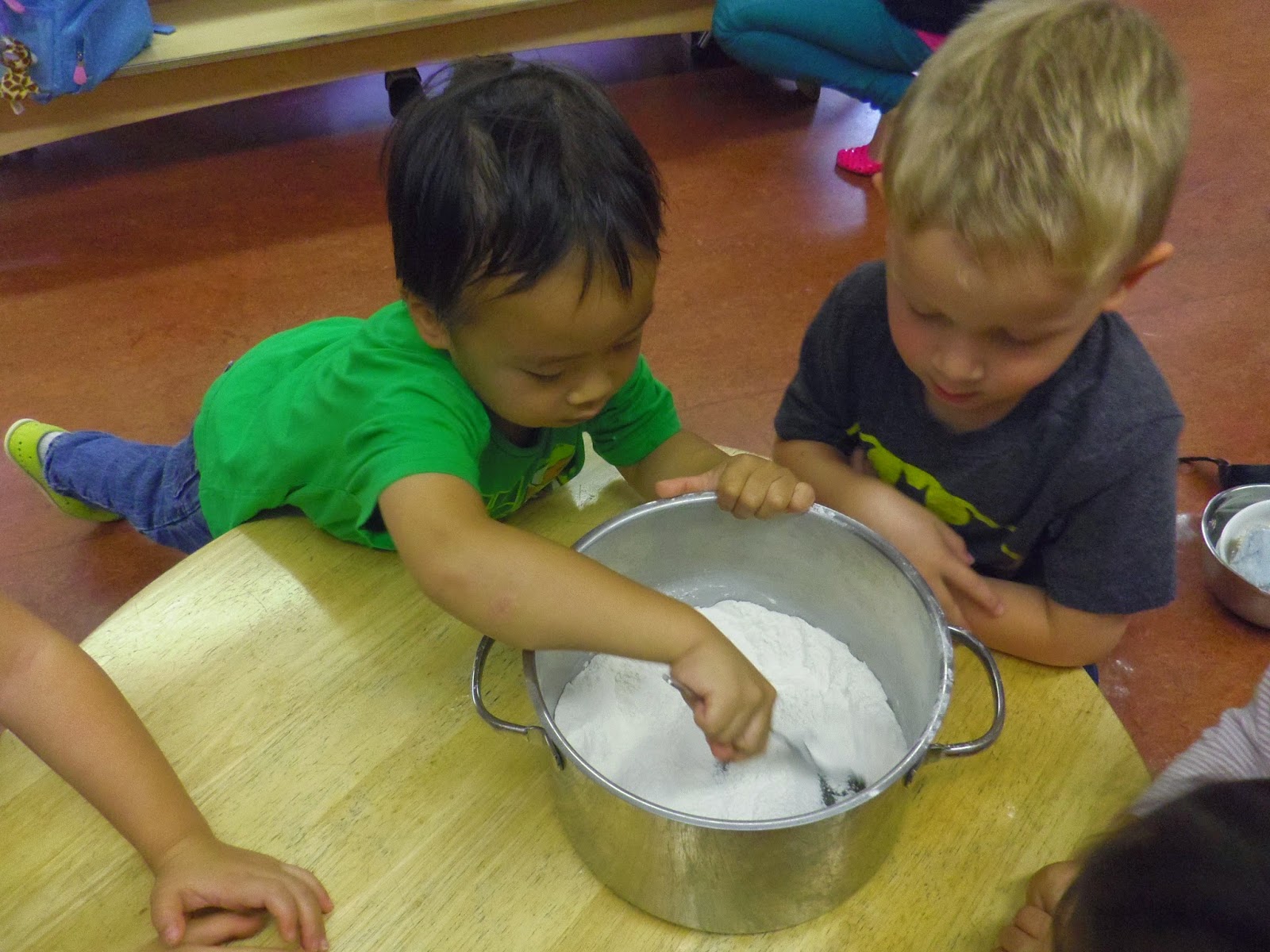Sometimes friends are like oil and water when they don't get along

Food colouring and water sprinkle painting Julia's oil pastel experience After reading a story about friends who have had a disagreement the children wondered why friends sometimes fight and argue. We did an experiment using oil, water, and food colouring to show how friends sometimes get along like water and food colouring but also like water and oil when they don't get along. The children were very keen on the experiment and how the colour is slowly diffusing in the water. It's just like when friends loving and enjoying each other's company; the relationship is smooth and harmonious. They were also very intrigued by how the oil and water don't mix. The oil just sits on top of the water even if you keep shaking the container. Oil and water are also like friends who are fighting and arguing they don't want to be around each other and enjoy each other's company. This experiment did not really answer the children's quest





